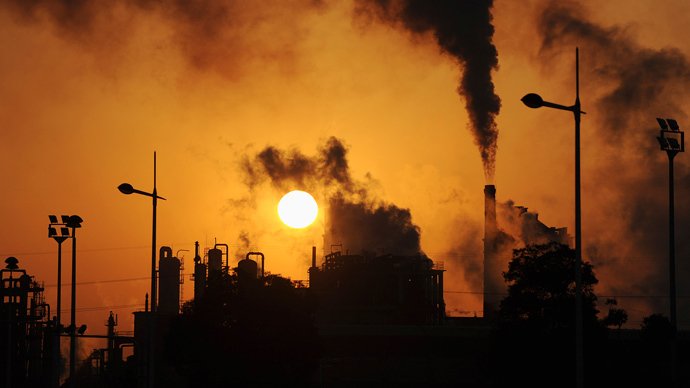Paris: Greenhouse gases thrust into the atmosphere mainly by burning fossil fuels are warming Earth's surface more quickly than previously understood, according to new climate models set to replace those used in current UN projections, scientists said Tuesday.
By 2100, average temperatures could rise 7.0 degrees Celsius above pre-industrial levels if carbon emissions continue unabated, separate models from two leading research centres in France showed.
That is up to two degrees higher than the equivalent scenario in the Intergovernmental Panel for Climate Change's (IPCC) 2014 benchmark 5th Assessment Report.
The new calculations also suggest that the Paris Agreement goals of capping global warming at "well below" two degrees, and 1.5C if possible, will be challenging at best, the scientists said.
"With our two models, we see that the scenario known as SSP1 2.6 -- which normally allows us to stay under 2C -- doesn't quite get us there," Olivier Boucher, head of the Institute Pierre Simon Laplace Climate Modelling Centre in Paris, told AFP.
With only one degree Celsius of warming so far, the world is coping with increasingly deadly heat waves, droughts, floods and tropical cyclones made more destructive by rising seas.
A new generation of 30-odd climate models known collectively as CMIP6 -- including the two unveiled Tuesday -- will underpin the IPCC's next major report in 2021.
"CMIP6 clearly includes the latest modelling improvements," even as important uncertainties remain, Joeri Rogelj, an associate professor at Imperial College London and an IPCC lead author, told AFP.

